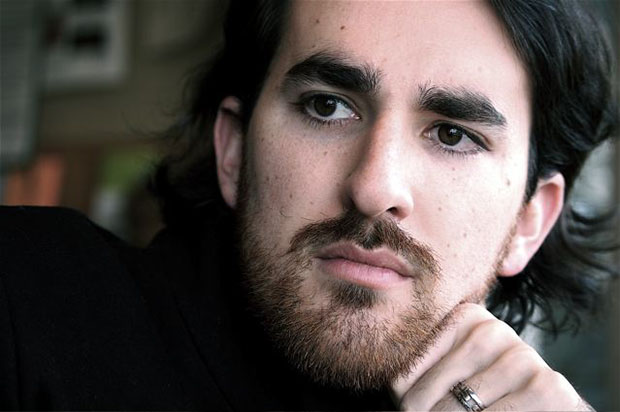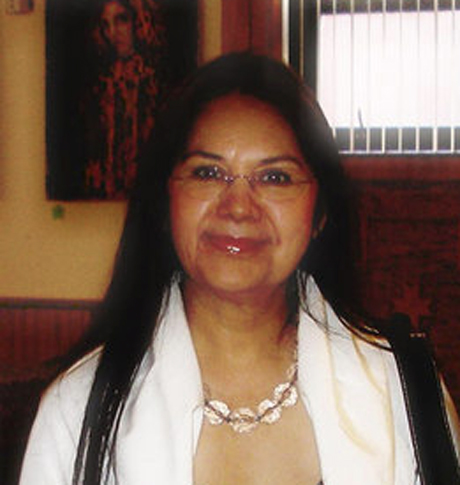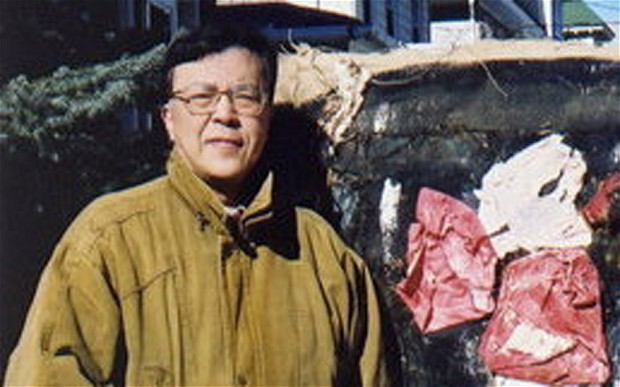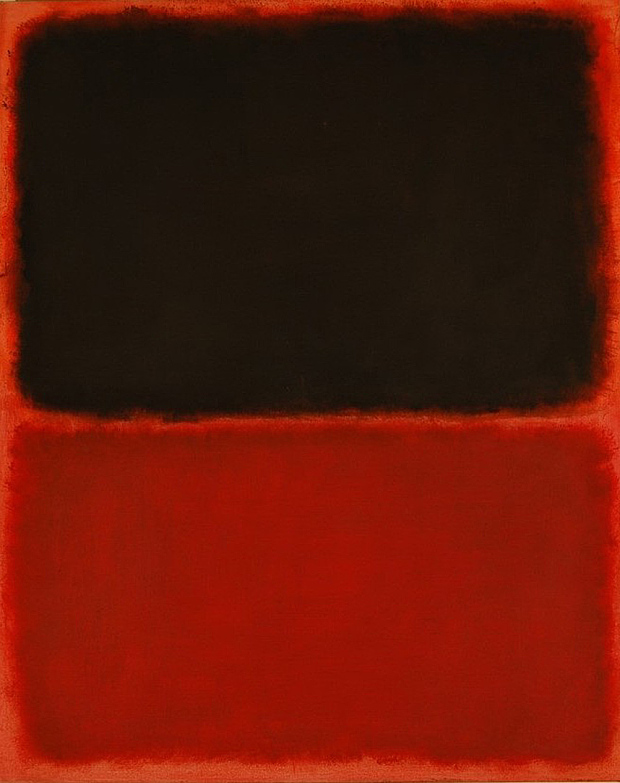
Art experts are outdated Noah Charney tells NPR
The author calls for scientific authentication after experts fail to stop the sale of fake Pollock and Rothko works
When we buy a house or a used car, many of us undertake a little technical investigation, be it a structural report from a qualified building surveyor, or the opinion of a trained mechanic, poking around under the hood.
So, why do collectors forgo scientific tests when spending many millions on, say, a Mark Rothko painting? That’s a question Noah Charney raised on National Public Radio's Morning Edition show, earlier today. The forgery expert and Phaidon author appeared on the US national radio show to discuss the latest developments in the Knoedler case. This forgery scandal, which involved one of Manhattan's foremost galleries selling many fake Abstract Expressionist works, now sees the ex-chairman of Sotheby's accuse the gallery's former president of racketeering and fraud after being sold a fake Rothko for $8.3m.
"There has always been an over-reliance on expert opinion," Charney explained to the station's host Mary Louise Kelly. "It's a gentleman’s agreement in the artworld that's existed for centuries: 'this is authentic. It is genuine to the best of our knowledge and that’s that.'"
"Very few forgeries would survive forensic testing," Charney explained, "but they don’t have to and forgers know that."
Charney's comments relate to the latest developments in the case, which he first commented on in his book, The Art of Forgery. As the author explains, Knoedler and Company closed its premises at 19 East 70th Street in 2011, after the dealership sold fake paintings as works by such prominent 20th century artists as Willem de Kooning, Mark Rothko and Jackson Pollock.

Long Island dealer Glafira Rosales, has already pleaded guilty to supplying the Knoedler with these fakes, at least one of which bore a misspelling of Jackson Pollock’s surname in the artist’s signature. The canvases were actually by Pei-Shen Qian, a street artist from Queens who has since returned to his native China.
Now, the gallery’s former president, Ann Freedman, is in court, accused by Domenico De Sole, the former chairman of Sotheby’s auction house, of racketeering and fraud. Domenico and his wife and co-claimant Eleanore De Sole say that Freedman knew or should have known that the Rothko painting she sold to them back in 2004 was a fake.

Freedman claims she acted honestly, relying on the age-old expertise Charney questions. Much of the case hinges on authentications Freedman attributed to her phoney works. Mark Rothko’s son, Christopher Rothko, claimed on Monday that the former gallery president had misrepresented him when she wrote in a letter that he had seen a work in the possession of the Knoedler Gallery and attributed it to his father, and described it as being “of the highest quality.”
Christopher Rothko told the court that he never authenticates his father’s work, adding, “it’s an area I think requires special expertise I don’t think I have.”
Indeed, even those who do present themselves as experts often fail to distinguish the authentic from the inauthentic. The court also heard from US art historian Stephen Polcari. Polcari, author of Abstract Expressionism and the Modern Experience, had been paid by Knoedler to write ten essays, examining the provenance of works acquired by the gallery which later proved to be fake. Polcari's essays assumed each work was genuine, and praised the paintings’ beauty. Yet, under cross examination, despite claiming to be “strong on Rothko”, the scholar admitted he found it difficult to distinguish one work by the artist from another.

The Knoedler’s demise is all the more astonishing, given the position it once occupied within the gallery system. Founded in 1857, the Knoedler became the gallery of choice for many of America’s wealthiest families. “From the Morgans to the Rockerfellers, the Mellons to the Astors, the Fords to the Fricks, they all patronized the Knoedler gallery,” Charney explains in his book.
Judging by this week's developments, the system of expert authentication is looking rather shaky right now. You can listen to the clip here. For greater insight into this case and many others order a copy of Noah’s book The Art of Forgery here; and for more on how to buy art the smart way, get Collecting Art for Love, Money and More.